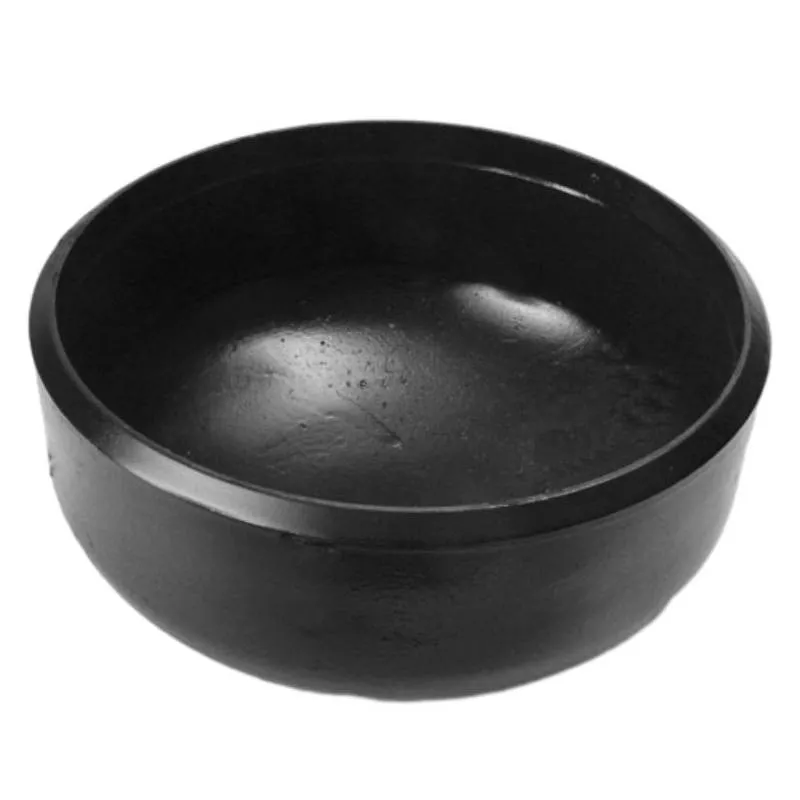-
Cangzhou Yulong Steel Co., Ltd.
-
Phone:
+86 13303177267 -
Email:
admin@ylsteelfittings.com
- English
- Arabic
- Italian
- Spanish
- Portuguese
- German
- kazakh
- Persian
- Greek
- French
- Russian
- Polish
- Thai
- Indonesian
- Vietnamese
- Zulu
- Korean
- Uzbek
- Hindi
- Serbian
- Malay
- Ukrainian
- Gujarati
- Haitian Creole
- hausa
- hawaiian
- Hebrew
- Miao
- Hungarian
- Icelandic
- igbo
- irish
- Japanese
- Javanese
- Kannada
- Khmer
- Rwandese
- Afrikaans
- Albanian
- Amharic
- Armenian
- Azerbaijani
- Basque
- Belarusian
- Bengali
- Bosnian
- Bulgarian
- Catalan
- Cebuano
- China
- China (Taiwan)
- Corsican
- Croatian
- Czech
- Danish
- Esperanto
- Estonian
- Finnish
- Frisian
- Galician
- Georgian
- Kurdish
- Kyrgyz
- Lao
- Latin
- Latvian
- Lithuanian
- Luxembourgish
- Macedonian
- Malgashi
- Malayalam
- Maltese
- Maori
- Marathi
- Mongolian
- Myanmar
- Nepali
- Norwegian
- Norwegian
- Occitan
- Pashto
- Dutch
- Punjabi
- Romanian
- Samoan
- Scottish Gaelic
- Sesotho
- Shona
- Sindhi
- Sinhala
- Slovak
- Slovenian
- Somali
- Sundanese
- Swahili
- Swedish
- Tagalog
- Tajik
- Tamil
- Tatar
- Telugu
- Turkish
- Turkmen
- Urdu
- Uighur
- Welsh
- Bantu
- Yiddish
- Yoruba

Nov . 20, 2024 20:16 Back to list
1 inch pipe 90 degree elbow
Understanding the 1 Inch Pipe 90 Degree Elbow A Vital Component in Piping Systems
In various engineering and plumbing applications, the 1 inch pipe 90 degree elbow stands as a crucial component. This fitting is designed to change the direction of piping systems, ensuring that fluids can flow seamlessly through intricate layouts. Understanding its specifications and applications can help in achieving efficient and effective piping designs.
What is a 90 Degree Elbow?
The 90 degree elbow is a type of fitting that connects two pieces of pipe at a right angle, thereby enabling a change in the direction of flow. This fitting is essential in applications where space is constrained and straight pipes cannot be laid out. The 1 inch variant refers to the diameter of the pipe it connects, which is measured at one inch. These elbows come in different materials including PVC, stainless steel, copper, and carbon steel, each suited for specific environments and applications.
Material Considerations
Choosing the right material for a 1 inch pipe elbow is vital. PVC elbows are popular for residential plumbing due to their lightweight and resistance to corrosion. On the other hand, stainless steel elbows are favored in commercial and industrial applications because they can withstand high temperatures and pressures. Each material has its own advantages, with considerations including durability, cost, and environment resistance.
Applications
1 inch pipe 90 degree elbow

The applications of 1 inch pipe 90 degree elbows are numerous. They are commonly used in plumbing systems for water supply lines, drainage, and sewage systems. In industrial settings, they facilitate the transport of gases, chemicals, and lubricants through piping systems. Additionally, these elbows play a crucial role in HVAC systems, directing airflow through ducts efficiently.
Installation Considerations
Proper installation of a 90 degree elbow is critical for the functionality of the piping system. It is essential to ensure that the elbow fits snugly to prevent any leaks that might arise from poor sealing. For threaded connections, applying Teflon tape can help ensure a tight seal. In welded systems, proper technique and equipment are required to achieve a strong and leak-proof joint. It’s also essential to consider the flow direction when installing the elbow to maintain the intended flow of fluid or gas.
Performance Factors
It is important to recognize that while a 90 degree elbow allows for directional changes, it can also introduce resistance to flow. The degree of this resistance is influenced by factors such as the elbow's radius, material, and the fluid's properties. Engineers often calculate the equivalent length of the elbow when designing piping systems to ensure that the pressure drop is within acceptable limits.
Conclusion
The 1 inch pipe 90 degree elbow is a small yet mighty component in piping systems, serving an essential role in fluid transport. Its versatility allows it to be used in a variety of applications—ranging from home plumbing to large-scale industrial operations. By understanding its features, applications, and installation practices, professionals can ensure that their piping systems operate smoothly and efficiently. As systems become increasingly complex, components like the 90 degree elbow will continue to play an indispensable role in the field of fluid dynamics.
Latest news
-
ANSI 150P SS304 SO FLANGE
NewsFeb.14,2025
-
ASTM A333GR6 STEEL PIPE
NewsJan.20,2025
-
ANSI B16.5 WELDING NECK FLANGE
NewsJan.15,2026
-
ANSI B16.5 SLIP-ON FLANGE
NewsApr.19,2024
-
SABS 1123 FLANGE
NewsJan.15,2025
-
DIN86044 PLATE FLANGE
NewsApr.19,2024
-
DIN2527 BLIND FLANGE
NewsApr.12,2024
-
JIS B2311 Butt-Welding Fittings LR/SR 45°/90° /180°Seamless/Weld
NewsApr.23,2024











